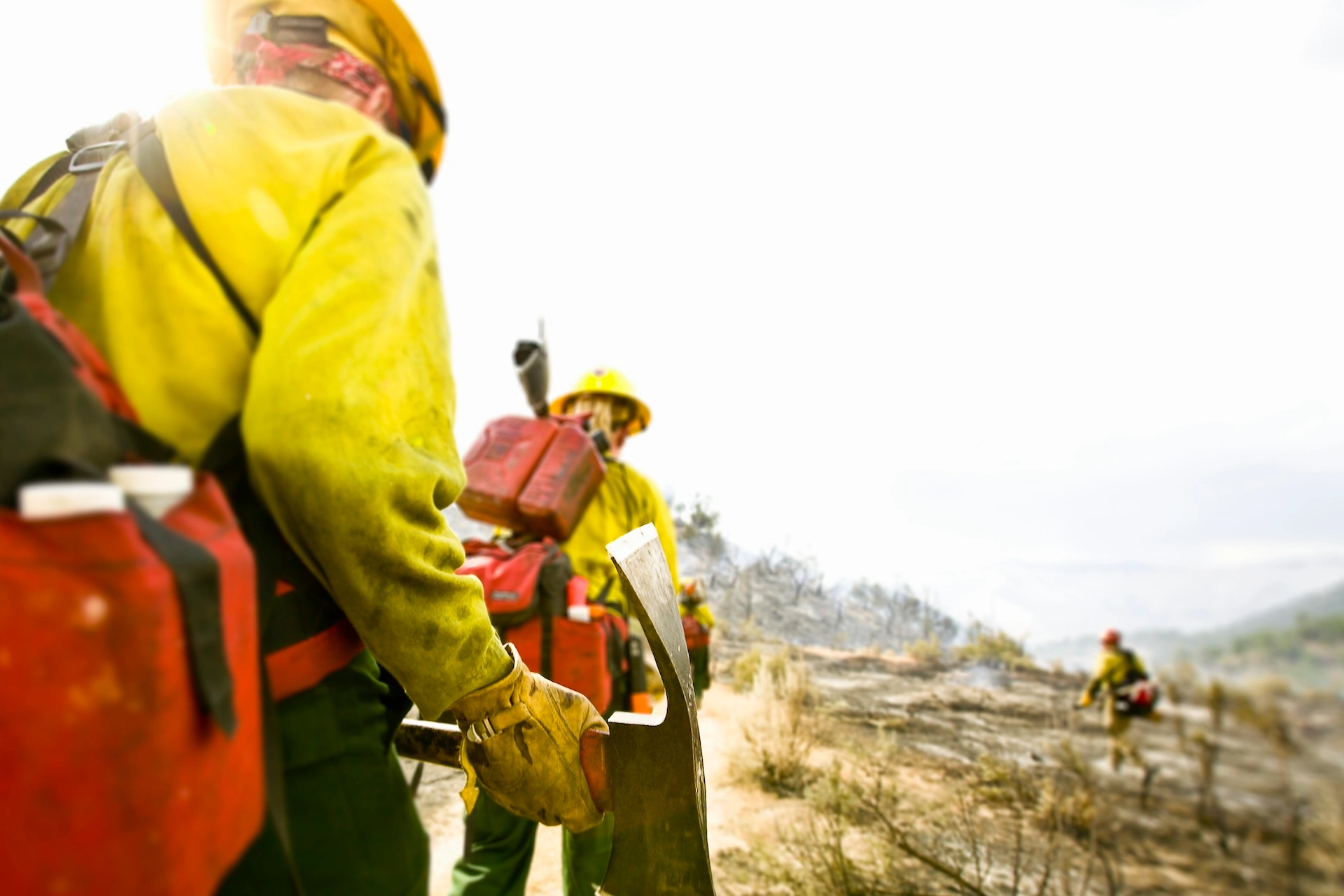Kaiser Permanente study finds variations in impact of air pollution from 2018 Mendocino Complex and Camp fires on cardiovascular health
As Southern California grapples with devastating losses from wildfires, a new study from Kaiser Permanente researchers on the 2018 Northern California Mendocino Complex and Camp fires raises new concerns about the potential impact of wildfire air pollution on heart health.

“The 2018 fires we studied were, at the time, the worst ever seen in California,” said lead author Stacey E. Alexeeff, PhD, a research scientist and biostatistician at the Kaiser Permanente Northern California Division of Research. “We conducted this research to learn more about the health impacts of the high levels of air pollution throughout Northern California caused by these historic fires.”
The study, published in the Journal of the American Heart Association, looked at the rates of heart attacks, heart failure, stroke, and cardiovascular deaths that occurred in 3.2 million adult members of Kaiser Permanente Northern California (KPNC) from July to December 2018.
The researchers found that the high concentrations of fine particulate air pollution seen during the Mendocino Complex fires were associated with a 23.1% increased rate of heart attacks, heart failure, stroke, and cardiovascular deaths compared with days with good levels of air quality. There also was a 35.8% increased rate of death from any cause during the Mendocino Complex fire when air pollution concentrations were high.
The high concentrations of fine particulate air pollution seen during the Mendocino Complex fires were associated with a 23.1% increased rate of heart attacks, heart failure, stroke, and cardiovascular deaths.
However, the researchers found no increased risk of cardiovascular disease or death associated with high air pollution during the Camp fire. Previous studies by other research teams also have had inconsistent results.
“This finding surprised us because we know from many previous studies of air pollution that the high concentrations of pollution we saw are not safe,” said Alexeeff. “Both fires spread smoke across the region and led to levels of air quality that were above the daily limit set by the Environmental Protection Agency to protect public health. In fact, there was one day when the Camp fire was responsible for the worst air pollution in the world.”
The researchers used daily 24-hour average particulate matter concentrations obtained from Environmental Protection Agency (EPA) Quality System monitors operating in Northern California in 2018 to assess air quality. During both fires, particulate matter concentrations exceeded the EPA daily limit for safe air. The research team also analyzed daily smoke plume data obtained from the National Oceanic and Atmospheric Administration Hazard Mapping System to determine areas affected by wildfire smoke. This information was mapped for addresses of the KPNC members included in the study.
The Mendocino Complex (and other fires) burned for almost 2 months in July and August; the Camp fire burned in November, with smoke in the air for 11-15 days, depending on the county. Each fire burned more than 100,000 acres and spread smoke plumes across Northern California. The Camp fire was the deadliest and most destructive in California’s history while the Mendocino Complex fire was the third largest, according to CalFire data.

“Air pollution is the world’s fourth leading cause of disease and death — and most of these deaths are due to cardiovascular disease, not lung conditions or cancer,” said senior author Jamal S. Rana, MD, PhD, a cardiologist with The Permanente Medical Group, and an adjunct investigator at the Division of Research. “The recent apocalyptic wildfires in Los Angeles are yet another unfortunate reminder that climate change is an existential threat to public health.”
Alexeeff said the new study can’t explain why the health effects of the fires differed. But she has some hypotheses. “Some of the people most susceptible to wildfire pollution may have had cardiovascular events triggered by the fires in July and August since those occurred first,” she said. “It’s also possible there were different types of materials burning in each fire. Measures of air particles don’t account for the make up of what’s in that air pollution — so that is something we will need to study further.”
The Google trends data the researchers studied also suggests that public awareness of the dangers of the pollution caused by wildfires increased while the fires were raging. “We found that searches for N95 masks increased dramatically during the Camp fire,” said Alexeeff. “It’s possible that people did more to protect themselves from the smoke during the Camp fire because of all the public health messages they heard. It will be important for future studies to quantify how many people are taking these actions and, in turn, how many heart attacks we are preventing and how many lives we are saving because of these warnings.”
The study was supported by Kaiser Permanente Northern California Community Health.
Co-authors include Stephen Van Den Eeden, PhD, Kamala Deosaransingh, MPH, Stephen Sidney, MD, and Noelle S. Liao, MPH, of the Division of Research.
# # #
About the Kaiser Permanente Division of Research
The Kaiser Permanente Division of Research conducts, publishes, and disseminates epidemiologic and health services research to improve the health and medical care of Kaiser Permanente members and society at large. It seeks to understand the determinants of illness and well-being and to improve the quality and cost-effectiveness of health care. Currently, DOR’s 720-plus staff, including 73 research and staff scientists, are working on nearly 630 epidemiological and health services research projects. For more information, visit divisionofresearch.kp.org or follow us @KPDOR.





Comments (0)